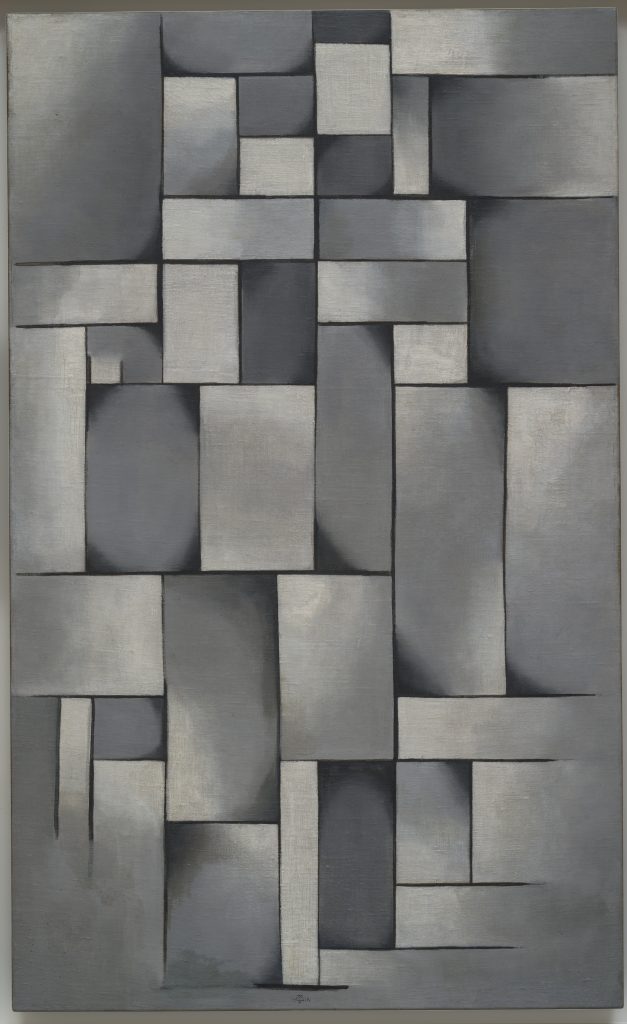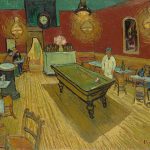Ah, De Stijl, a movement that emerged in the early 20th century like a gust of fresh wind, sweeping across the artistic landscape of Europe. Let’s go on a journey through the history of De Stijl, as if we were strolling together through the streets of Amsterdam, where this influential movement first bloomed.
Picture this: it is the year 1917, a time of great change and upheaval. The ravages of the First World War still echo, and artists yearn for a new beginning, a departure from the old, and a fresh vision for the future. In this environment, a group of Dutch artists, architects, and designers gathered under the banner of De Stijl, which translates to “The Style” in English.

Led by the visionary artist Piet Mondrian and the brilliant architect Gerrit Rietveld, De Stijl sought to distill art to its essential elements, stripping away the excess, and the superfluous, and embracing simplicity. They aimed to create a universal language of form and color, a harmonious visual vocabulary that would transcend borders and cultures.
Imagine us stepping into Mondrian’s studio, a sanctuary of white walls and meticulous order. Here, he develops his iconic style, characterized by bold lines, primary colors, and a grid-like structure. His paintings, like windows into an abstract world, are an exploration of balance, rhythm, and geometric purity. They strive to capture the underlying harmony of the universe.
De Stijl Architecture
As we wander the streets of Amsterdam, we encounter buildings that seem like geometric puzzles brought to life. Rietveld’s architectural creations, such as the Rietveld Schröder House, embody the principles of De Stijl. They are compositions of planes and lines, blending seamlessly with their surroundings. Inside, furniture designed by Rietveld himself, with its clean lines and primary colors, complements the architectural vision.
De Stijl’s influence extended beyond the realm of art and architecture. We pause in front of a poster, its design bold and striking. This is the work of Vilmos Huszár, another member of De Stijl, who applied the movement’s principles to graphic design, bringing simplicity and clarity to the world of visual communication.
But De Stijl was not merely a visual movement. Its members sought to shape the world in its entirety. They dreamed of integrating art into every aspect of life, from furniture and clothing to urban planning and typography. They believed that through their artistic vision, they could contribute to the creation of a more harmonious and enlightened society.
De Stijl’s Legacy
Sadly, like all movements, De Stijl eventually faded from the forefront of the artistic landscape. But its legacy endures. Its principles, and its dedication to simplicity and harmony, still resonate in the works of countless artists and designers around the world.
So, my friend, as we bid adieu to the streets of Amsterdam, let us carry the spirit of De Stijl with us. Let us strive for simplicity, clarity, and unity in our own lives, as we navigate the ever-changing currents of art and existence. For in the world of De Stijl, we find not just a style but a philosophy—a guiding light on the path to artistic enlightenment.




